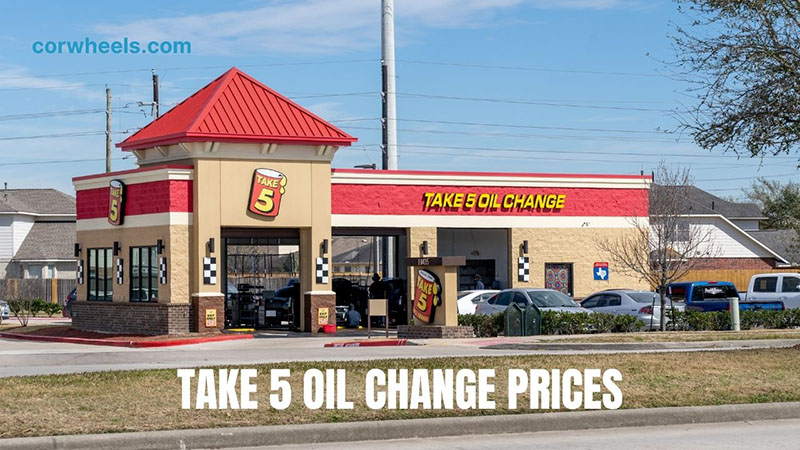At what percentage to change oil? Determining the optimal oil change time is a question that often perplexes car owners. Let’s learn what factors to consider and what oil life percentage you should aim for an oil change, ensuring the longevity and performance of your vehicle’s engine.
In this article:
At What Percentage Should I Change My Oil?
Typically, these systems suggest an oil change when the oil life percentage reaches around 15-40%. However, it’s essential to consult your vehicle’s owner’s manual for specific recommendations, as different manufacturers may calculate based on mileage.

Many modern vehicles come equipped with oil life monitoring systems that use various sensors and algorithms to determine the correct time for an oil change.
These systems consider factors such as engine operating conditions, temperature, and driving styles to provide a more accurate estimate of when the oil is truly due for a change.
How Long Can I Drive With 40% Oil?
In most cases, driving with 40% engine oil life may allow you to go approximately more than 5,000 miles. But continuing driving is not recommended, and you should change the motor oil soon.
The remaining engine load oil percentage is an estimate generated by your vehicle’s oil life monitor system, which takes various factors into consideration.
While modern vehicles are designed to handle a range of fresh engine oil percentages, it’s important to note that prolonged driving with lower engine life percentages can increase the risk of engine wear and potential damage.
How Long Can I Drive With 15% Oil?
You can go between 750 and 1,125 miles on 15% oil level, given that each oil change can last you between 5,000 and 7,500 miles. So, is 15 oil life bad? Not necessarily. Still, experts recommend you change it right away once it reaches this point.
While oil deteriorates at varying rates, it’s important to remember that the more frequently you drive, the less effective it is at shielding the engine. It is best to replace your oil once the percentage considerably decreases.
What Will Happen When The Oil Percentage Falls Below 0%?
When the oil percentage is below 0%, it means that your oil has run out. When the metal parts are not greased, overheating, premature wear and tear, and other damage is on the horizon.

So you must bring your car in for a routine maintenance schedule. You may have driven more miles than recommended or the oil quality has deteriorated to the point where the entire vehicle can no longer function as it should.
By having the car’s oil changed and other maintenance tasks completed at the appropriate intervals, you can avoid wasting money. Additionally, it makes the automobile last longer, giving it more years of dependable service life.
How Often Should You Change The Oil?
Even when the percentage doesn’t reach 40% yet, experts advise replacing your oil every 3,000-5,000 miles for conventional oil, 5,000-7,500 miles for synthetic, and 7,500-10,000 miles for high mileage. The interval might vary on different make and model.
While the traditional guideline used to be every 3,000 miles or three months, advancements in engine technology and oil quality have extended the recommended interval.
Nowadays, most vehicle manufacturers suggest changing the oil every 5,000 to 7,500 miles, or approximately every six months to a year, depending on daily driving conditions.
However, this interval can vary based on the type of oil used, driving habits, and the manufacturer’s recommendations for your specific vehicle.
For example, I frequently drive my Nissan Altima in severe conditions like extreme temperatures or dusty environments, so I have to change the oil more regularly, about once every 2,000 miles. If you find yourself in this situation like me, you may also follow my way.
Frequently Asked Questions

Should I Get An Oil Change At 30% Oil Life?
Getting an oil change at 30% oil life is generally considered a good practice. However, the recommended interval differs depending on factors such as the vehicle make and model, driving conditions, and the type of oil used.
Is 10% Oil Life Okay?
Driving with 10% oil life remaining is generally not recommended. The motor oil has likely degraded significantly at this point, and its ability to provide proper lubrication and protection to your engine is diminished. Thus, it’s best to prioritize an oil change when reaching such a low oil life percentage.
Should I Change Oil At 20 Percent?
Changing the oil at 20 percent is generally a wise move. While modern vehicles and electronic oil monitoring systems are designed to handle a range of oil life percentages, it’s advisable to be proactive and schedule an oil change when the level reaches around 20 percent.
The Bottom Line
Understanding when to change your engine oil is crucial for maintaining the health of your vehicle. Stay proactive and follow my guidelines. This way, you can ensure that your engine receives the care it needs, ultimately prolonging its lifespan and keeping your vehicle running smoothly.
See more: Oil change cost








